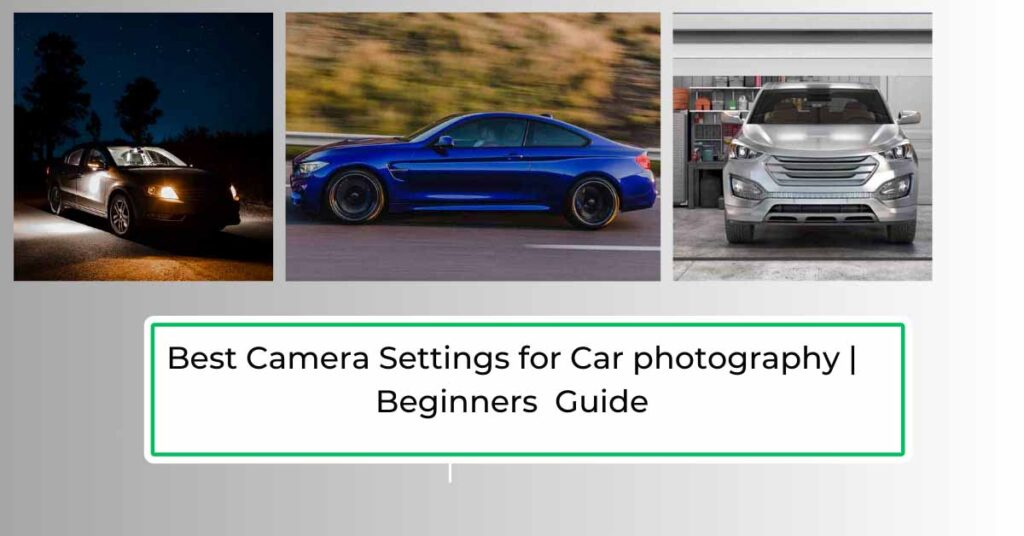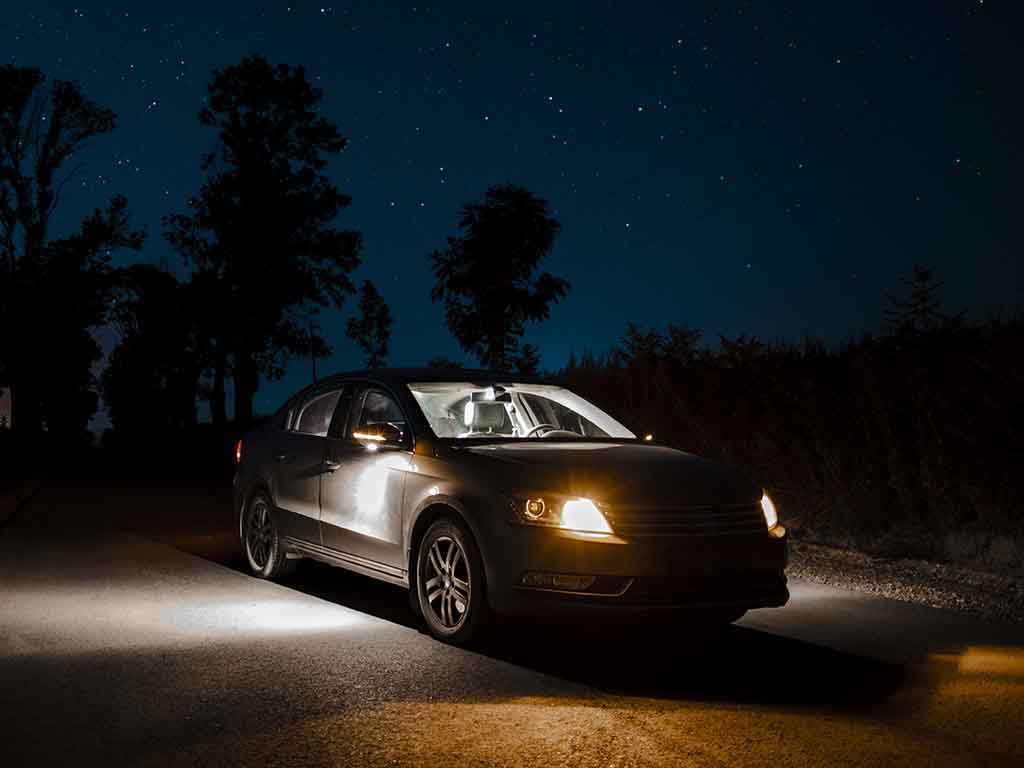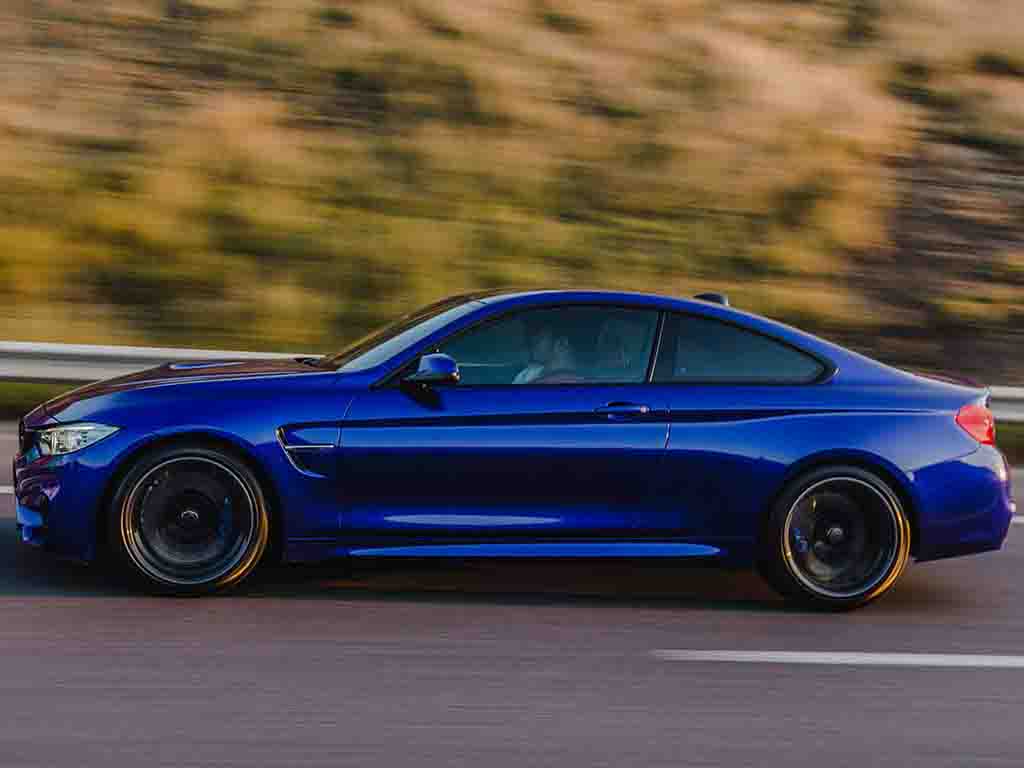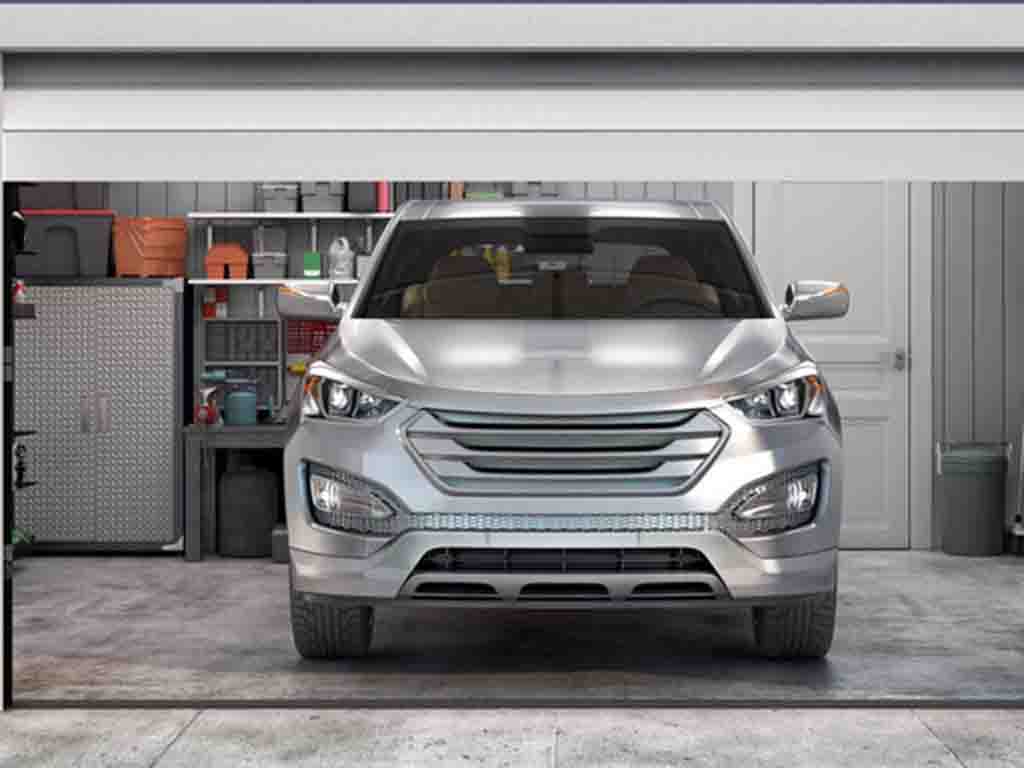
How to Use Best Camera Settings for Car Photography
Photo sessions for automotive vehicles intend to open the door for virtual shoppers and online fans to know the details of your vehicle. More specifically, the right camera settings give the feel of a car to online viewers. What’s so special about it, and what are its various aspects? However, I have seen photographers struggling with an open question: How to use the best camera settings for car photography?
The best camera settings for car photography follow one rule of thumb – the situation of the car. The basic settings of a camera for a moving car are different than those for one standing still. Moreover, the use of ISO for noise deduction, an adjustable shutter speed, and the right aperture for sharpness are important for taking captivating car photos.
I have seen individuals struggling with challenging photography while taking raw files and raw format shots of their cars for a virtual tour. As a camera company owner, I am going to find one of the best camera settings, especially if we stick to car photography only. So, just follow the footsteps of my guide to know everything about how to use the best camera settings for car photography!
Here we click!
Best Camera Settings for Car Photography:
Let’s drive deeper into the insights about the best camera settings for the best car photography to improve your automotive photography shutterbugs’ skills:
1. Best camera settings for night shots of Car Photography:

Where night car photography is often far more appealing to the human eye, it comes with a tremendous hassle, i.e. dealing with reflective, shiny surfaces.
The key to perfect nighttime car photography is a long shutter speed combined with a low ISO.
A long shutter speed allows you to capture a clean photo with minute details. However, make sure that your hand doesn’t shake, or else that will ruin the whole photograph.
On the other hand, low ISO will help tackle all digital noises, like light sensitivity, thus improving original image quality.
So, if you are aiming for perfect night car photography,
- Choose manual focus/ manual mode camera settings for crisp shots.
- Opt for long shutter speed, approximately 1/ 40 to 1/60 seconds
- Settle for a low ISO, around 150 to 200
- And yes, don’t forget to get a Tripod stand
And here you go! Your camera is all set to capture a spectacular car photograph.
2. Camera setting for taking motion Car Photography:

Among all the car photographs, motion car photography is one of the hardest nuts to crack. In it, you have to keep an eye on all the factors, from shutter speed to aperture and lighting.
Here are the best camera settings to capture a car in motion:
- Start with a slow shutter speed of 1/100 seconds and then increase to 1/250 gradually to capture blurry motions.
- Opt for low ISO settings.
- Since tracking the moving car manually is quite difficult, it is better to shift to autofocus to get more impactful images.
- And at last, fasten your instincts and follow the car’s motion to end up with some photos worth seeing. You can buy a gimbal to assist your motion.
3. Camera setting for capturing indoor Car Photography:

Indoor car photography comes with its own set of unique challenges that you have to consider. These include background choices such as blurry background, lighting conditions, details, etc. So, here are the ideal camera settings for indoor car photography.
- Keep ISO low, around 100 to 200, depending on the conditions.
- The main focus should be on white balance. You can opt for either incandescent or fluorescent or any other custom white balance that sits best with your lighting conditions.
- Quick Shutter speed between 1/40 to 1/100 seconds
- Set the aperture setting between f/4 and f/11, depending on whether you want to shoot a portrait or long for a wide capture.
Additionally, you can use the support of a tripod to make the single-shot steady and full of details.
4. Best Camera setting for taking outdoor Car Photography:
Outdoor car photography is quite playful when done with proper camera settings. These include:
- Deciding whether you want to focus on the car only or the background too, and thus, adjusting the depth of field and wide aperture accordingly for cool shots.
- Opt for a wide-angle lens that allows you to cover the whole scene properly for a decent shot.
- You can try a blurred background using the bokeh effect if it is shifting the focus of the car.
What shutter speed should I use for car photography?
The shutter speed that you should use for car photography depends on the type of image you want to capture. For example, the slower shutter speed that pairs up well for a still car shot is undoubtedly not the ideal speed for a motion car.
Therefore, you need to experiment with both faster shutter speed and slow shutter speed to figure out the perfect one for your shoot. However, generally, the best shutter speeds for portraits and car photography are:
- 1/1000 for static car photography
- 1/250 for a commercial car photoshoot
- 1/100 sits perfectly for close-ups
- 1/60 when shooting car interior
- Between 1/60 and 1/125 for a moving, dynamic car scene
Tips and Tricks About How to Use Best Camera Settings for Car Photography:
Last but not least, here is a list of some super secret tips and tricks that will surely help level up your car photography skills:
1. Bokeh Effect
Elements in the background are often distracting and, therefore, can be easily blurred using the bokeh effect. It helps create a soft, background in focus with an appealing look.
2. Wide Angle Lens
If you want to capture all the details along with the background, it’s better to choose a wide-angle lens that allows you full coverage.
3. Pan and Motion Bar
If you aim to capture dramatic shots, then panning shots is the best option to hit. It involves putting a camera on a tripod with a movable head to get the most out of a shot.
4. Choose the perfect location and time
The background and timing of the day make a significant difference, too. Always be mindful of the type of car photography you aim for, and then plan out the location and time accordingly.
5. Say Bye to Reflections
Similarly, always keep an eye on reflections and try to control them. Cars have super shiny and reflective surfaces, and therefore, they are one of the major factors behind a ruined photograph. You can opt for polarizers to control these reflections.
Why Do You Choose Us?
- Experience: Our team has over ten years of experience in the car photography industry, and every time, we have been able to pay off our clients in the best way.
- Professional team: We have a team of highly professional photographers who have carried out shoots in all kinds of locations and times and thus know how to freeze the most in a shot.
- Special discounts: Since our clients are precious to us, we offer special discounted packages to them.
- Perfect kit: We have a perfect kit of lenses, cameras, tripods, gimbals, and all other tools that one can fall in need of while shooting a perfect automotive shot.
Frequently Asked Questions
What ISO is good for car photography?
ISO is a measure of the sensitivity of camera sensors to light. It usually lies between 100 and 1600, depending on the lighting conditions such as natural light and artificial light. Usually, it is best to keep a low ISO, around 100 to 200, as it helps to capture high-quality & sharp images. However, if the lighting conditions are unfavorable, you have to opt for high ISO, which can end up with a diagram rich in digital noise.
What settings should I use for car racing photography?
For car racing photography, it is best to choose a camera with exceptionally good autofocus. Additionally, carry a lens kit ranging from 50mm to 200mm that will allow you to capture all the details. And keep on changing the aperture and exposure times until you get the defined image.
What is the best camera for car photography?
A camera that includes properties like high-end sensors, high FBS, good autofocus, lens compatibility, and video compatibility is best for car photography. A few picks are the Nikon Z 11, Fujifilm X-75, and Sony a7R V.
What lenses are best for car photography?
When buying a lens for car photography, the prime factor to keep in mind is focal length. It is best to opt for a lens with a focal length between 20 and 34 mm. It is the ideal length that allows you to capture a lot of composition between the close-up and the wide-angle shot. Apart from that, telephoto lenses and prime lenses are also excellent choices.
Final Thought
All in all, while car photography is a whole new world of capturing the essence of automobiles through the lens of a camera, getting the right shot requires you to pair up the perfect camera settings with your instincts and come up with a spectacular car photograph. So, now that you are well-updated with the best camera settings for car photography, why not get yours too?